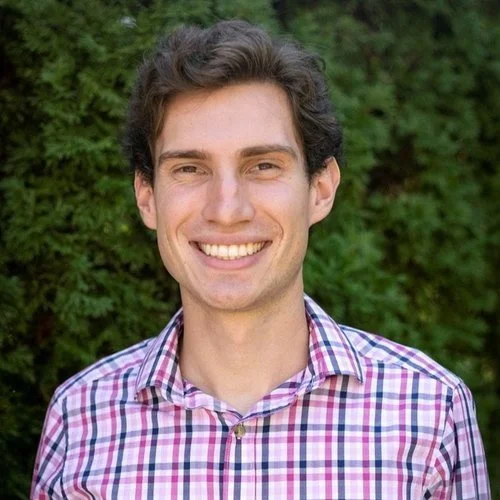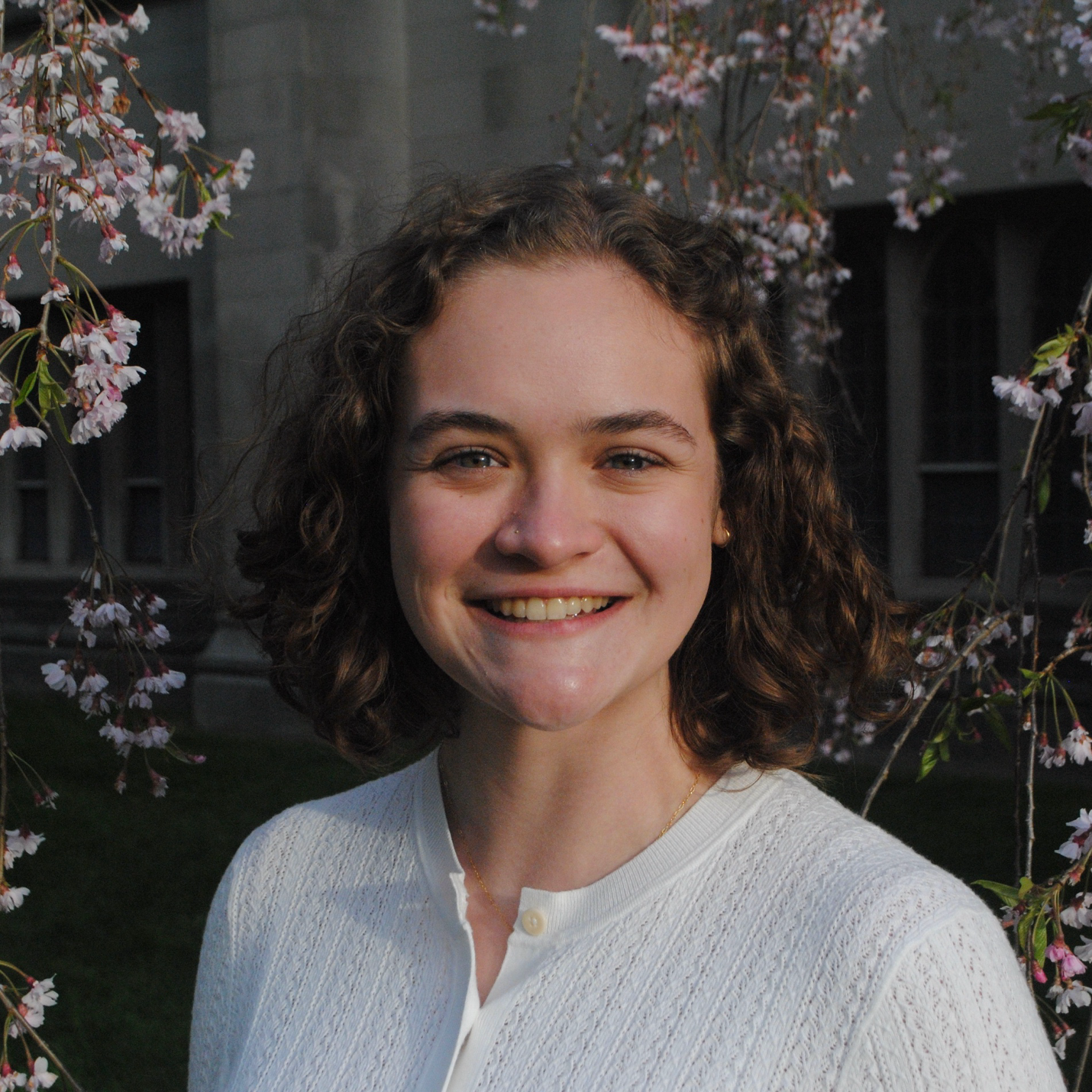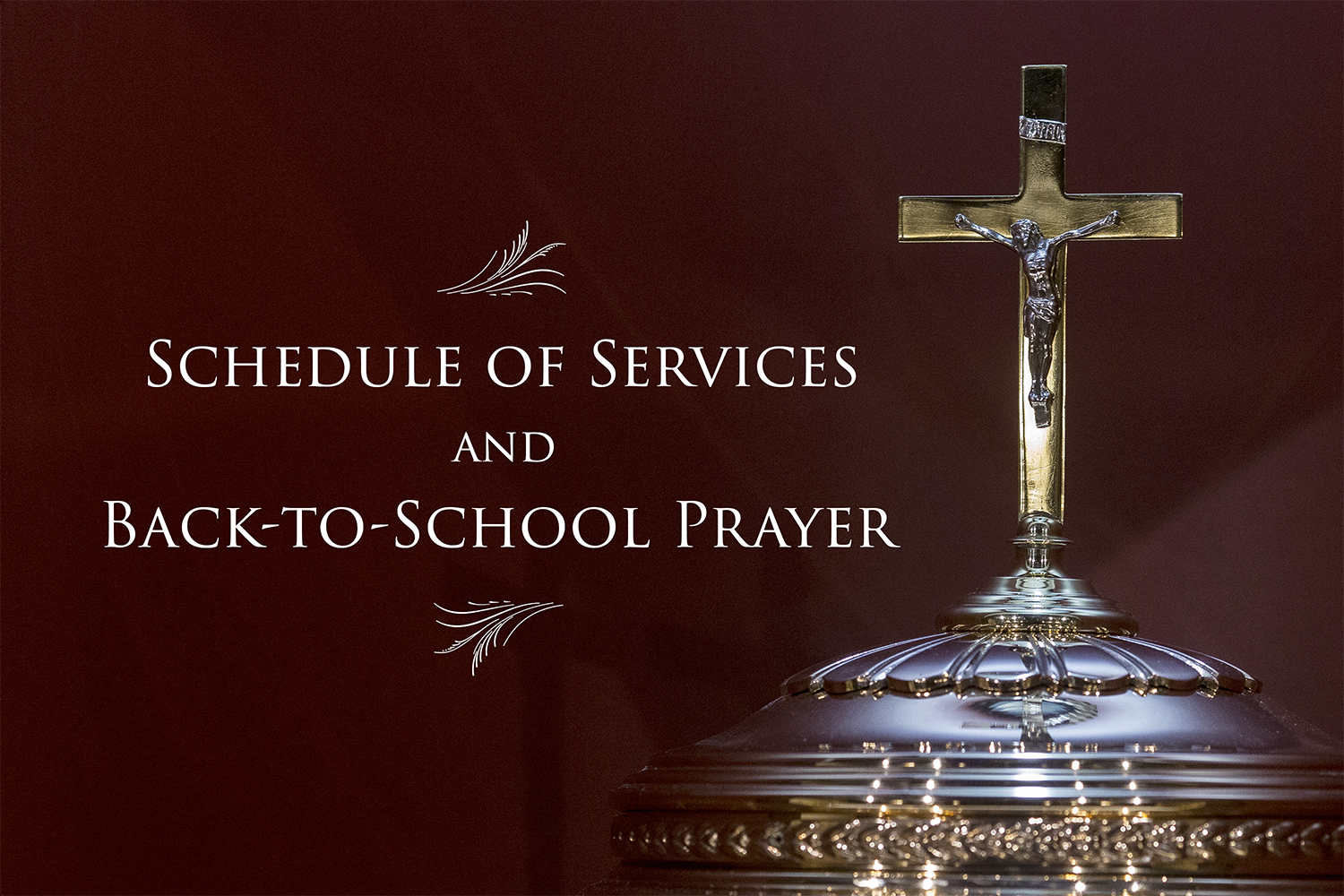This year’s Student Stories speak to the impact of our FOCUS missionaries, who work alongside Fr. Nick to reach all Catholics at Hope College. The mission of FOCUS is “to know Christ Jesus and fulfill his Great Commission.” Through Bible studies, conferences, and community building events, FOCUS invites college students into a growing relationship with Jesus Christ and his Church, inspiring and equipping them for a lifetime of Christ-centered evangelization, discipleship, and friendship in which they lead others to do the same.
Brianna Krampe
Hope College sophomore and FOCUS Bible study participant
Hi! My name is Brianna Krampe and I am a sophomore at Hope College. In the midst of the whirlwind that was freshman year, I knew I wanted to grow in my relationship with God, but I didn’t know how. When I was asked to join a Bible study, I thought it would be the perfect opportunity to make a step in my relationship with Him. Over the course of freshman year, Bible study was a source of peace and discovery for me in the midst of one of the biggest periods of change in my life. Bible study gave me peace in the community it built and an opportunity to discover who I am and where I can grow.
The community that Bible study has given me, and continues to give me, is something I am so grateful for. Every Wednesday, I looked forward to leaving the stress behind and taking the time out of my busy schedule to just sit in fellowship with other women of God and dive into God’s word. I was able to build some amazing relationships with my Bible study leader and the other girls in my group. Having a safe place where I could go to explore who God is and who I am in Him was something that gave me the foundation I needed to grow in my faith; it led me down the path of faith I am on today.
One of the first things we learned about in Bible study was the idea that we are God’s children and we were made for a relationship with Him. While I grew up learning this truth, this was the moment when I applied it to my life and realized that God loves me more than I know and that he desires a relationship with me. Through this study, I was able to see myself through God’s eyes and it changed my view of myself and my relationship with Him. We also went through the feminine genius Bible study, which was my favorite one that we did. This study helped build my confidence in who I am as a daughter of God. It showed me what it means to be a woman of faith and how we are called to serve in the church.
Through Bible study, I was covered in the armor of God and given the skills needed to be a good soldier of Christ. I was also blessed with the fellowship of other good soldiers to stand next to me on this journey through life. When I was asked if I wanted to make God the center of my life, I knew there wasn’t anything else I wanted. So, when asked to join discipleship, I said yes! Discipleship was a great opportunity to take the knowledge learned in Bible study and see how it can play out in our lives. I grew better habits and became more disciplined in my journey of pursuing Christ.
When asked to pursue the higher call to mission, I hesitated because I didn’t feel worthy to lead others when I was just starting to figure everything out, but through humility I realized it wasn’t I who would, but the Holy Spirit. Being called to be used by God as a vessel of his message is something so special and it has been a huge growth experience to share God’s truth with those whom I lead.
In conclusion, the opportunities for discovery and the peace received from Bible study are things that both challenged me and supported me in my faith journey. It gave me a strong foundation to lean on through the ups and downs that college presented. I am beyond grateful that God put that yes on my heart to join my Bible study because, without Bible study, I would definitely not be where I am today.



























































